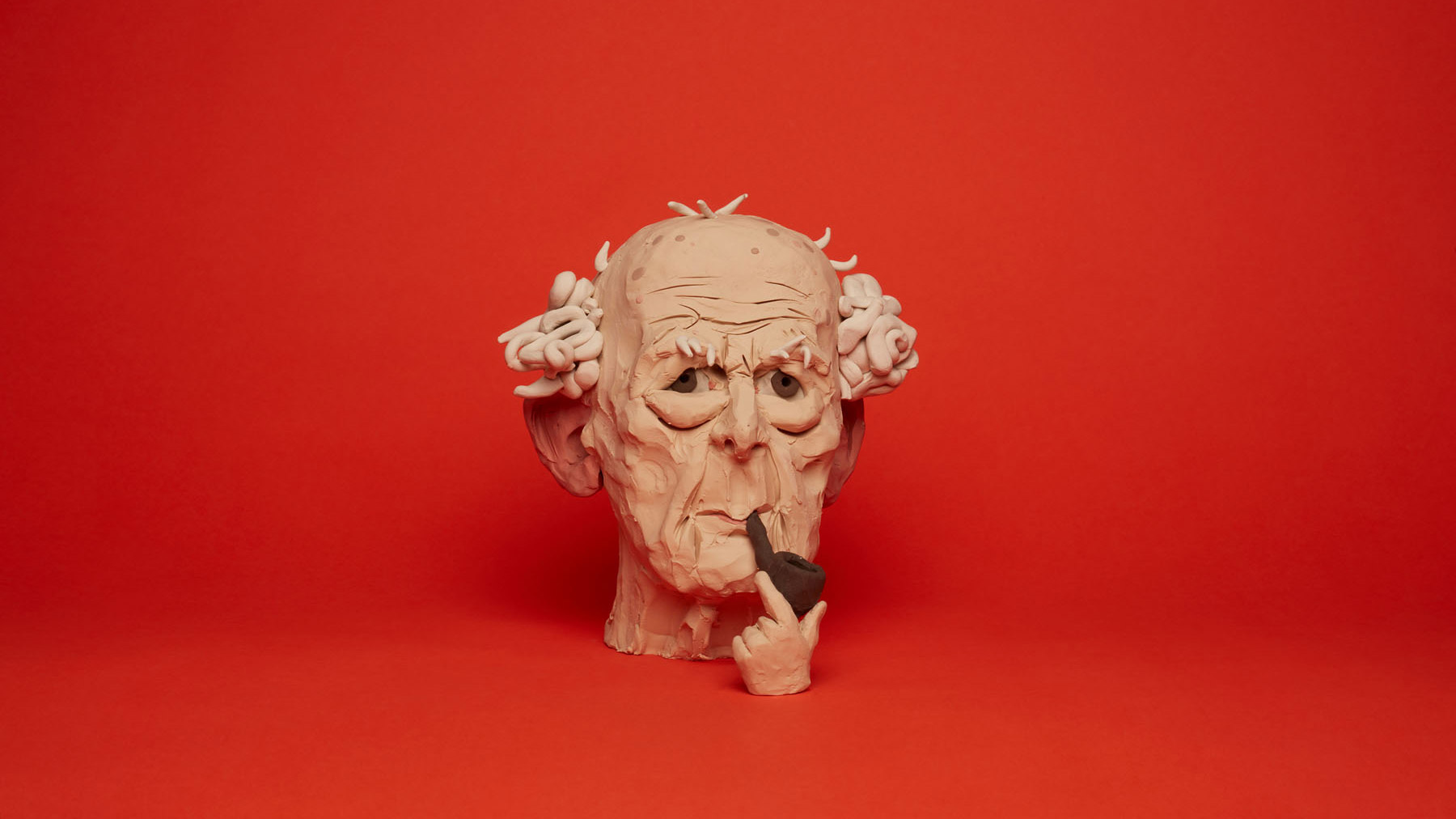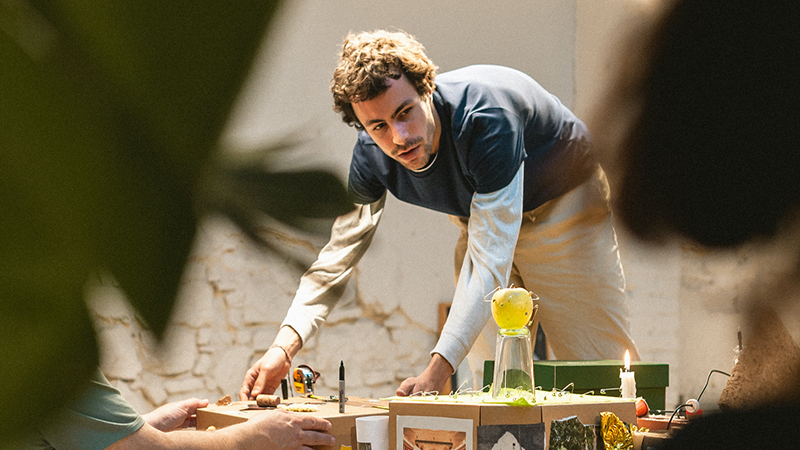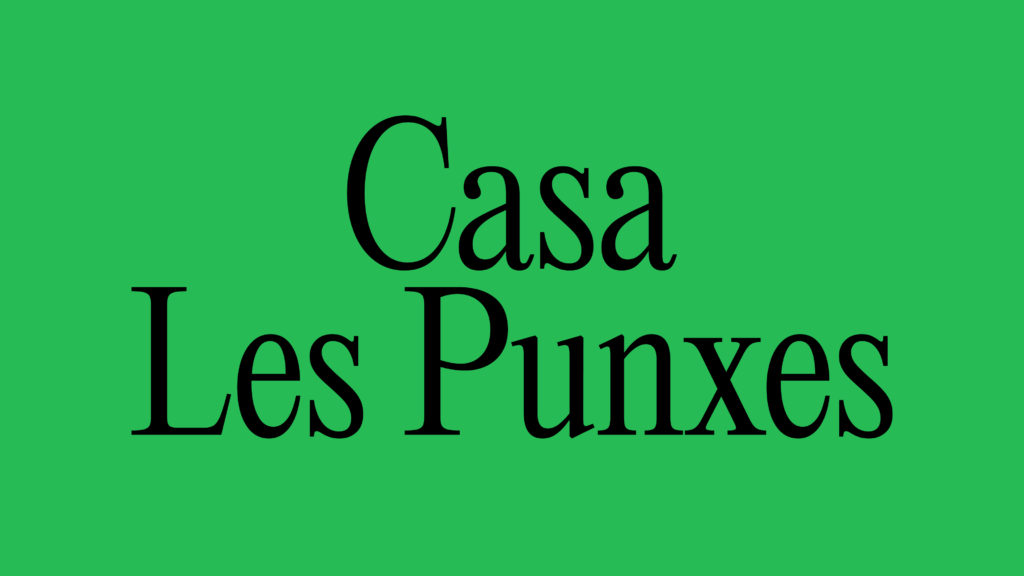What is liquid blanding as a concept?
The philosopher Zygmunt Bauman started using the term liquid modernity to better describe the condition of constant mobility and change he sees in relationships, identities, and global economics within contemporary society. A brand is a media platform conveying a set of values, an aesthetic, stories, philosophy, visuals, and ideas involving products or a service. Identity has gone beyond the traditional graphic, visual system and is now more fragmented than ever.
The liquid blanding concept is the freedom for a brand’s visual identity to be flexible. Today, every brand needs to be present in a multiplicity of channels, devices, and applications, both online and offline. Brands need to be resilient, to follow a transmedia approach that can naturally adapt to changing factors, allowing them to reinvent themselves and attract attention through creative thinking.
We are living in a moment of massive transformation
Old school brand loyalty is dead. Consumers have so much choice and are in contact with so many brands every day that it is increasingly difficult to stand out. Consistency bores us. You have to evolve to stay relevant. We used to have broadcast TV, radio and print media. Now brands also have to consider online advertising, social media, websites, podcasts, live streamings, and apps as well as the many ways that their messaging can be absorbed – from smartphones, laptops and tablets to giant digital billboards.
Our education systems, advertising model, and communication channels were all designed for conformity, for a set paradigm. But in liquid modernity, everything has changed. Physical reality no longer matters; conceptualism is rising; institutions, countries, cities, brands have turned into perceptions; all of us are both audience and media; and the patterns of consumption (and of desire) are changing. In communication as in any other field, we need to understand what’s happening and be able transform accordingly.
So how can we embrace the liquid blanding concept?
Brands today should evolve, adapting to every medium and to every audience they’re communicating with. A single project can take on many shapes, both online and offline, to engage with different opinion makers.
For the rebranding of Barcelona Televisió in 2016, we were only asked to do a graphic exercise but it would have been a pointless maquillage. Here’s what we did instead: besides rebranding, we set a new strategy, changed the name into betevé, and generated a brand-new visual image for Barcelona.
For Fundación Arquia in 2017, we produced a series of transmedia documentaries with the likes of Renzo Piano and Norman Foster. The Maestros project took many shapes to engage with different audiences: besides the long-length movie, the documentaries were edited into short clips á la carte for the most influencing platforms and the conversations were also conveyed in hardcover books.
A brand does not have to fit into grids and templates. It can be flexible provided it still remains true to its values. Companies must identify how they want their customers to perceive them.
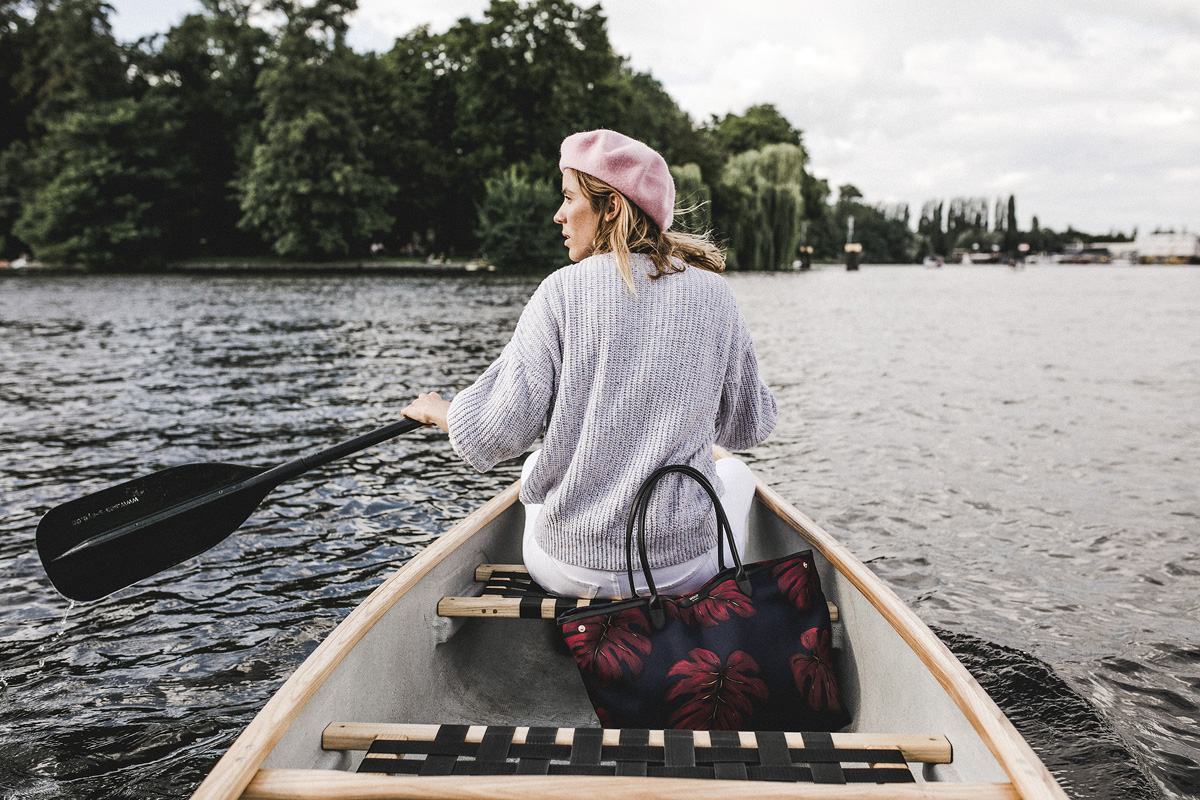
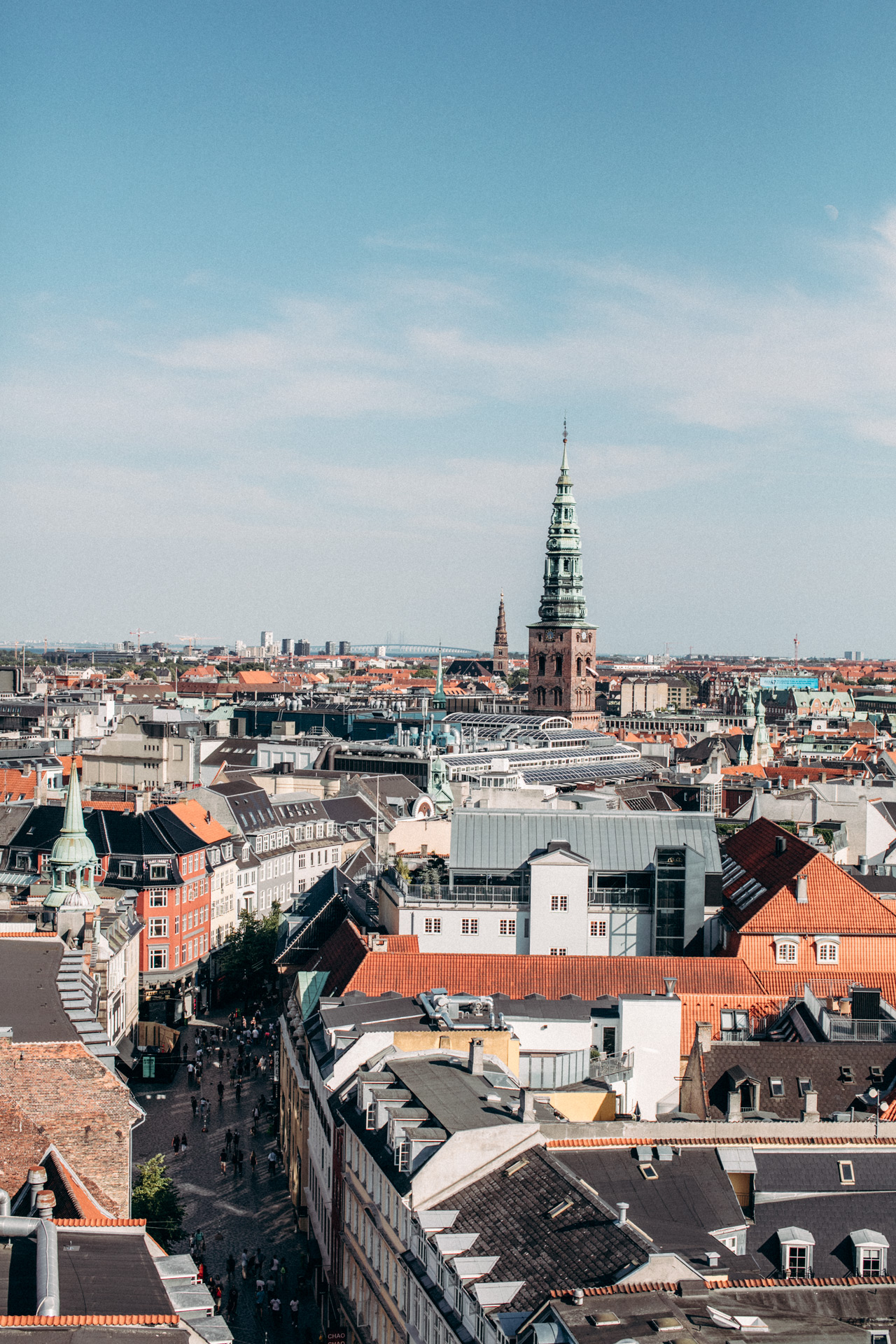
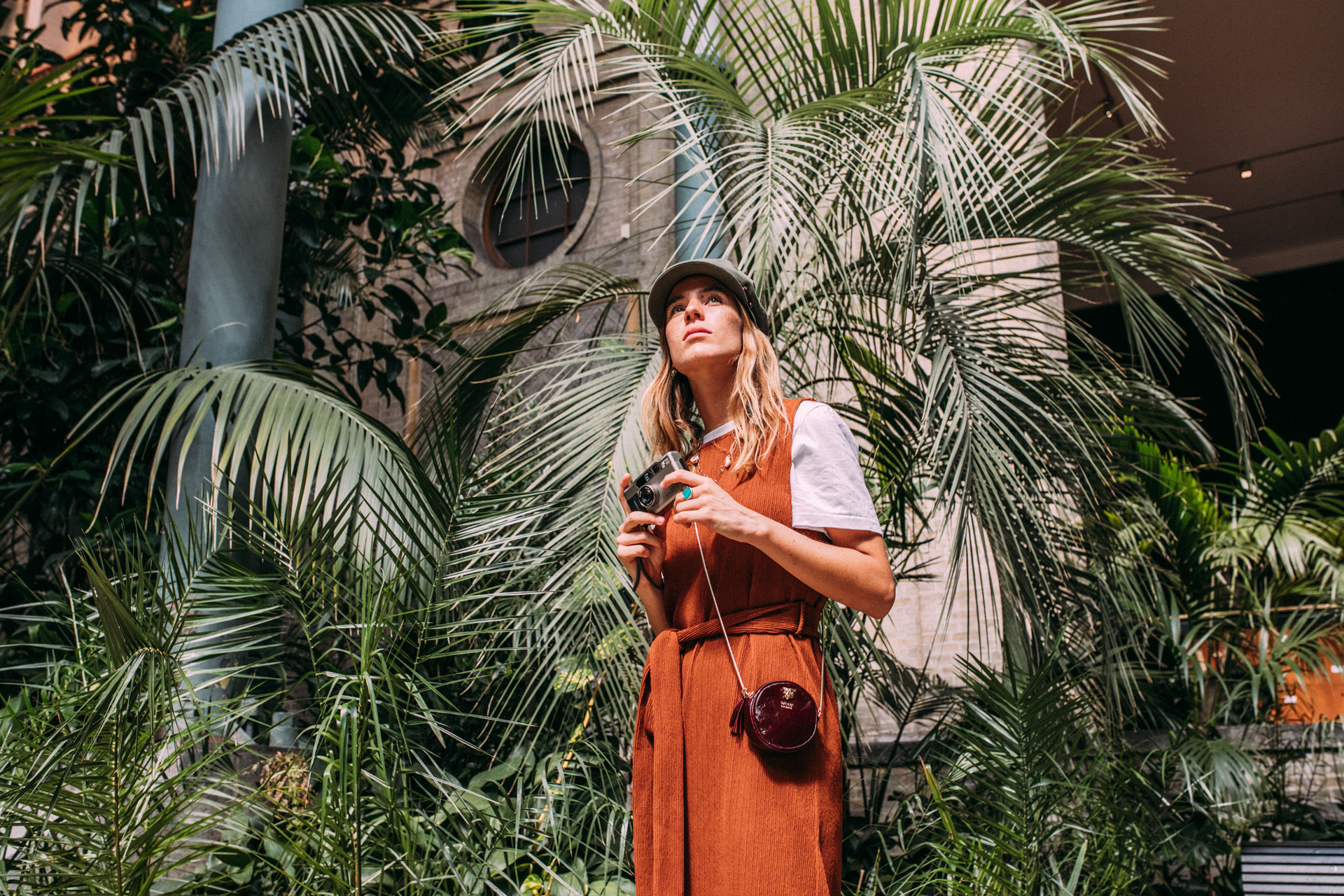
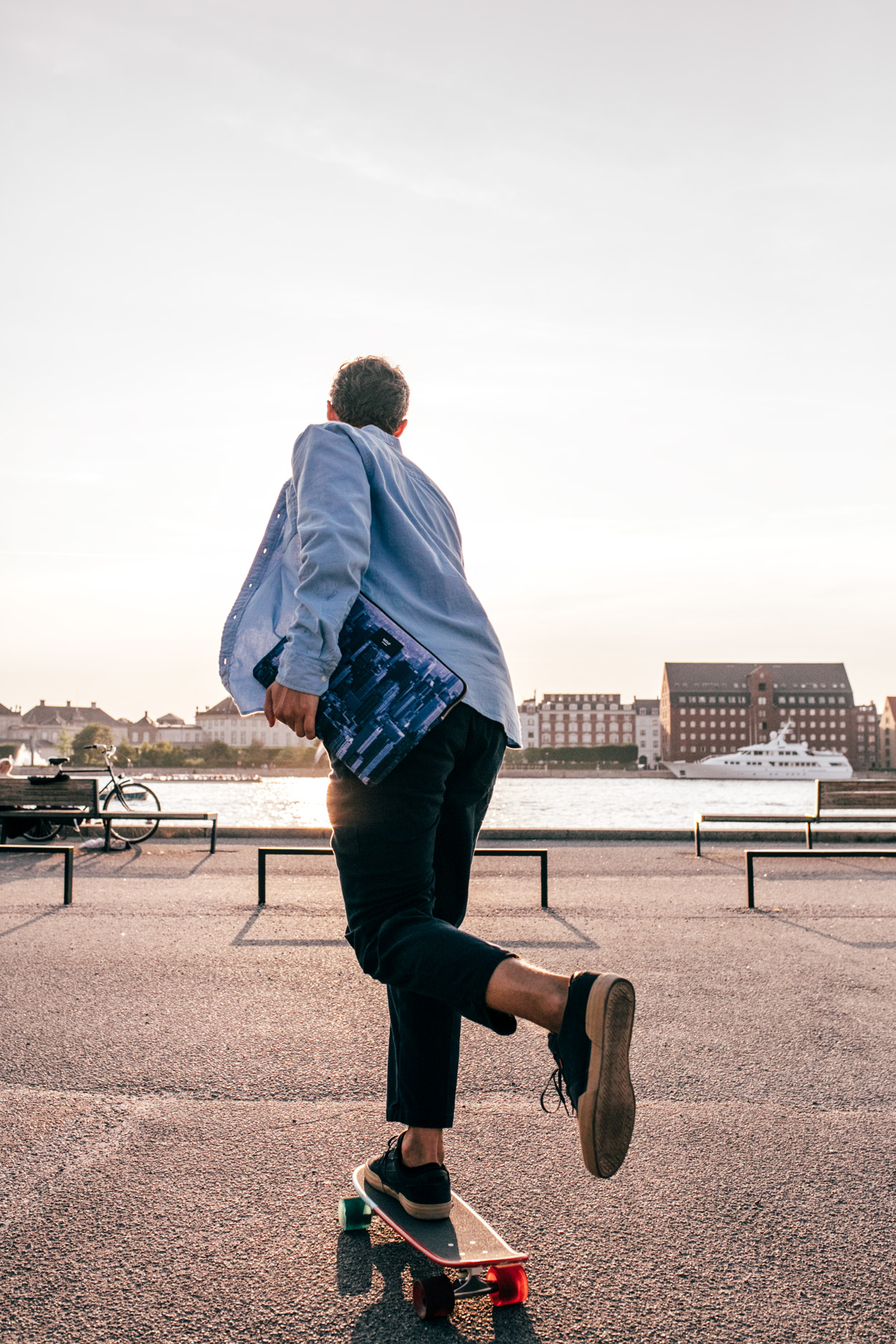
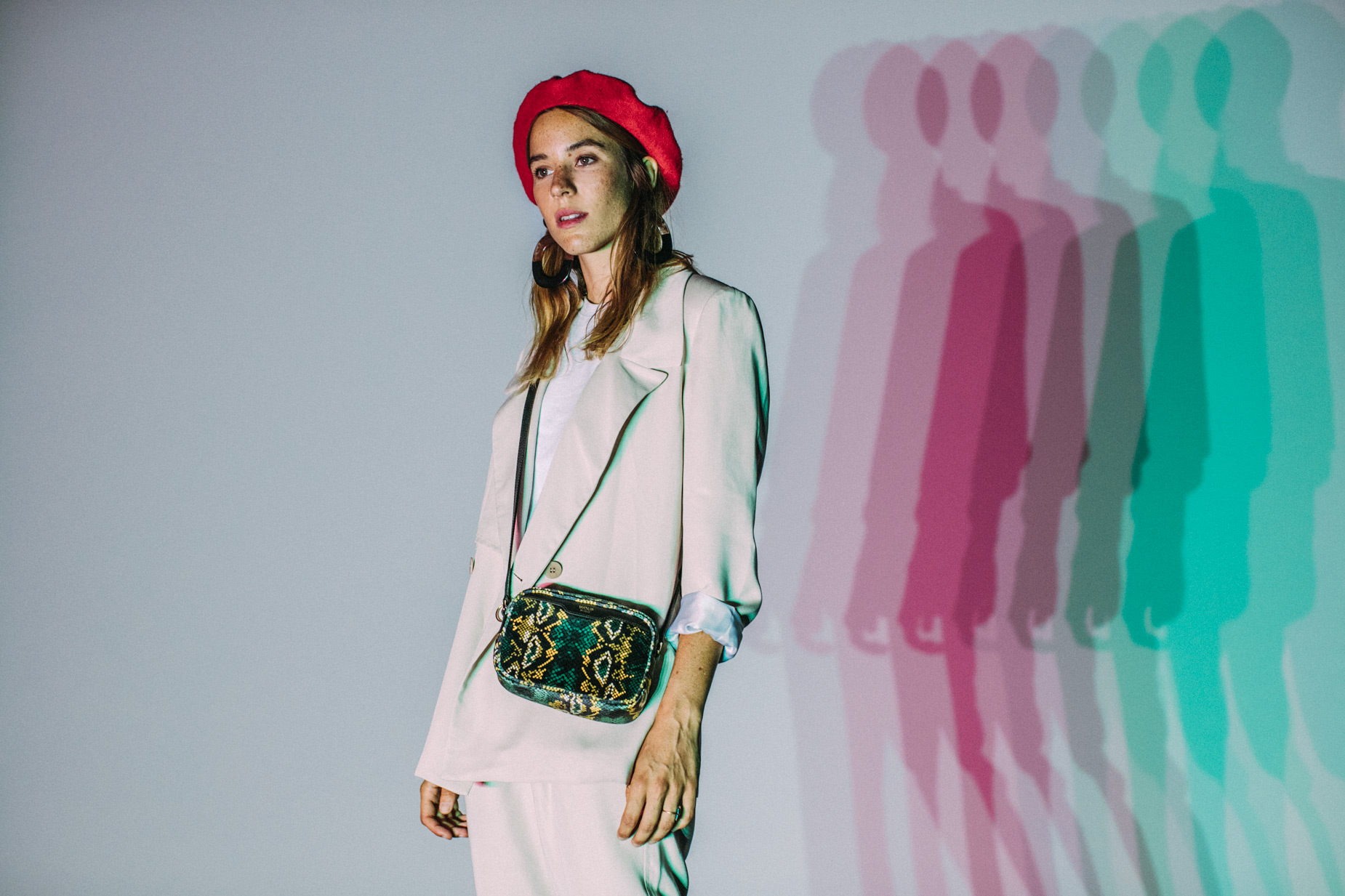
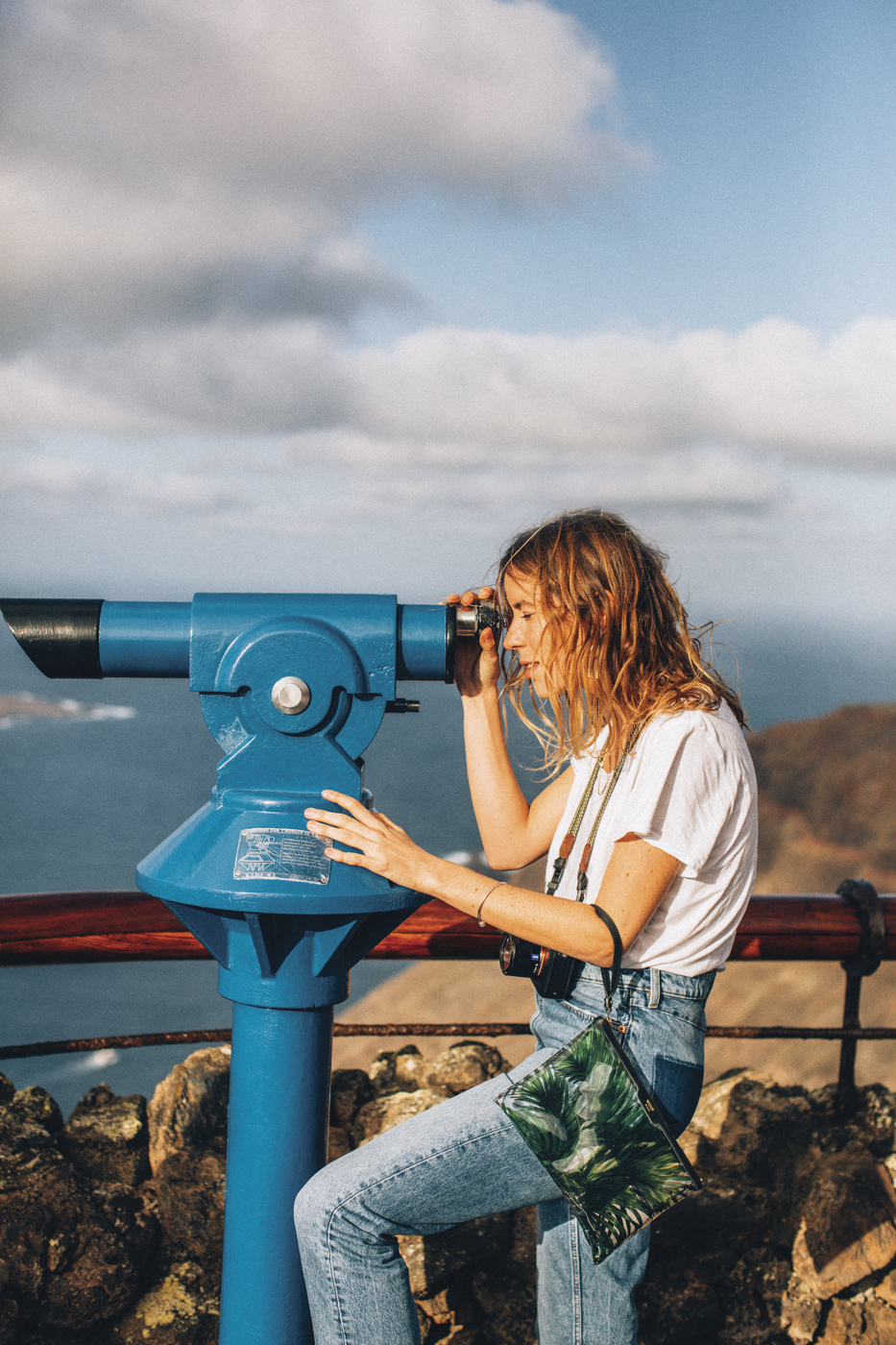
In 2017 we started our journey to reposition WOUF as a contemporary lifestyle firm, weaving a series of visual narratives around their products: beyond traditional fashion editorials, we aimed to treat the story as a journal, with a real couple exploring a particular city or place.
The key is to create a visual mood, a way of understanding the brand in a liquid state, rather than communicating it through a set of rules.
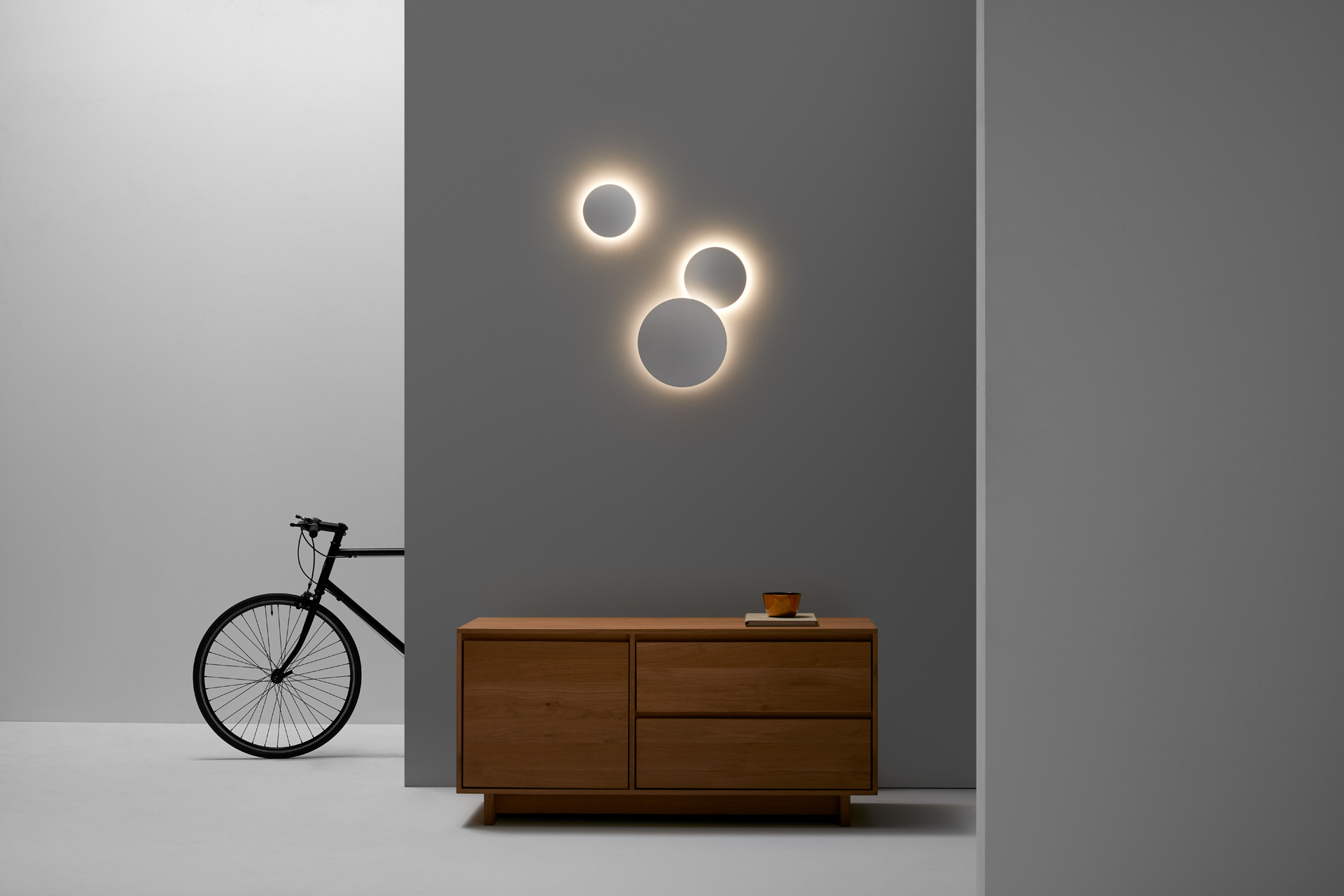
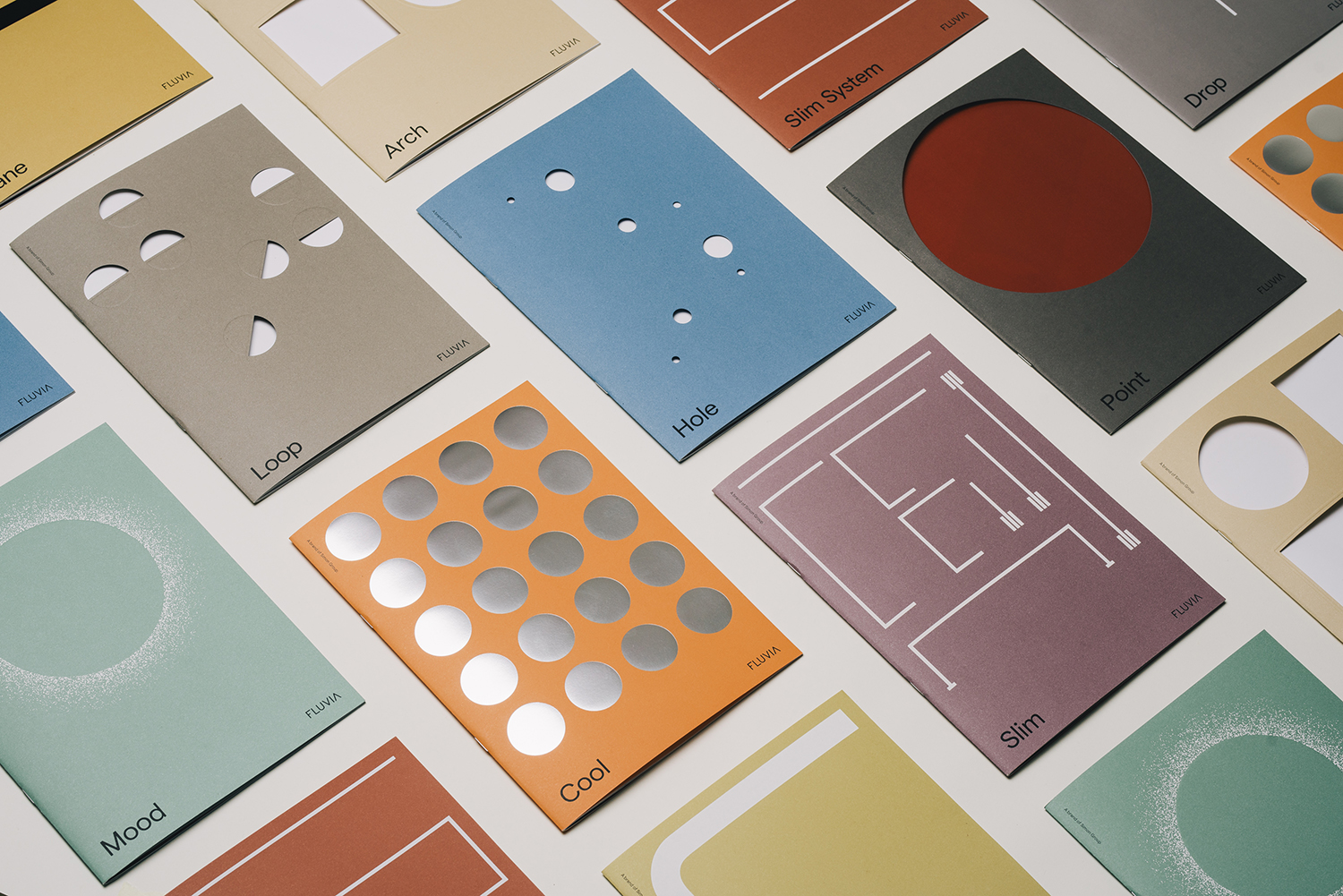
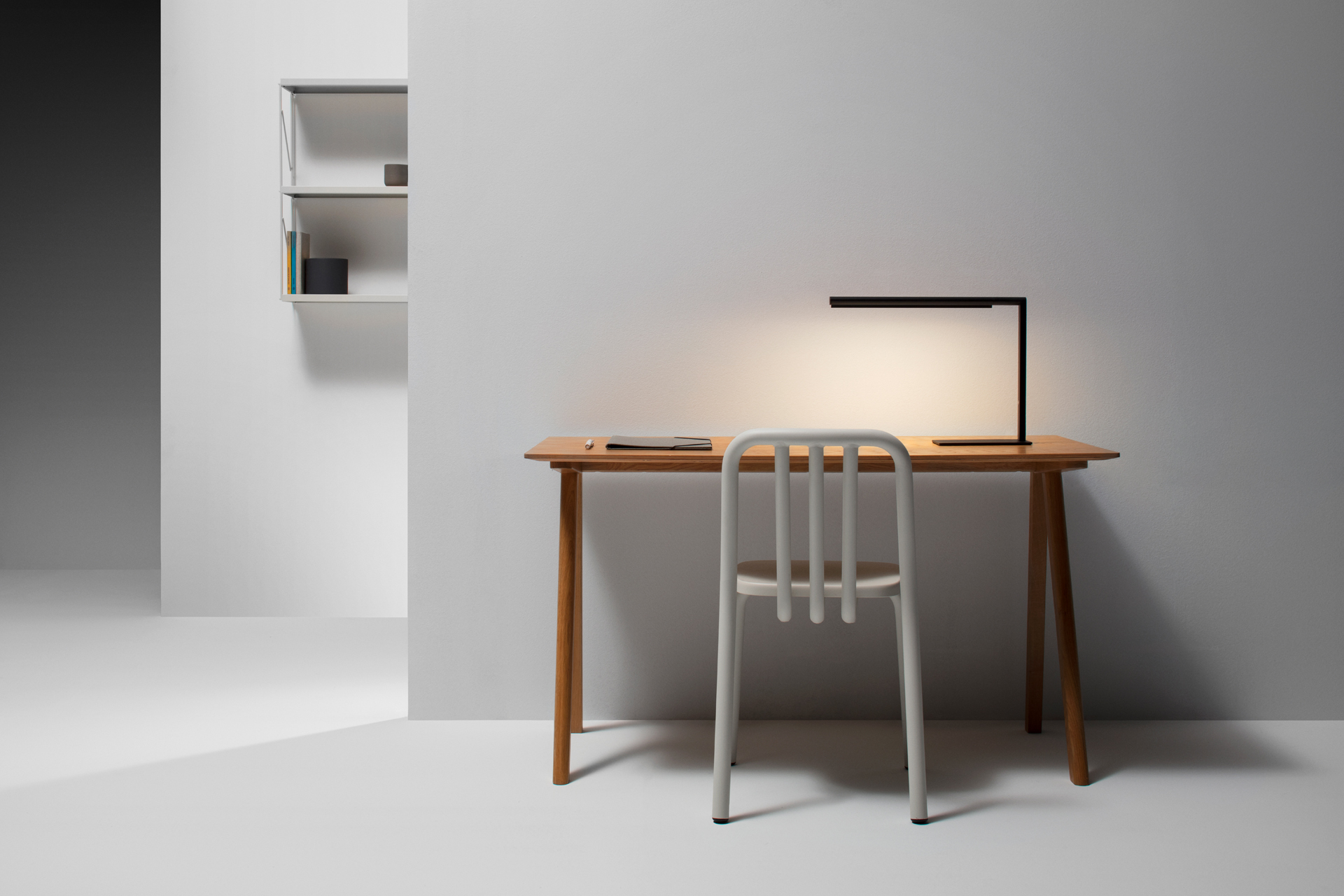
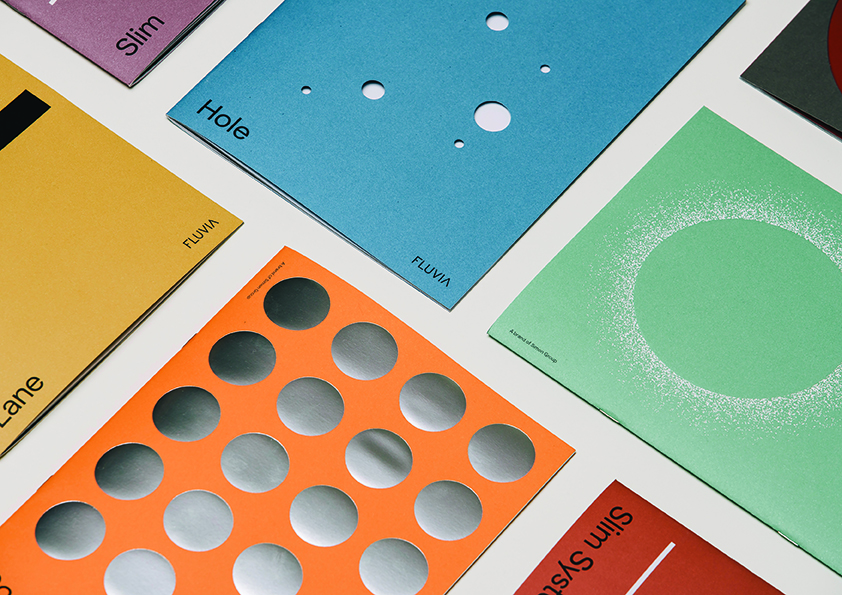
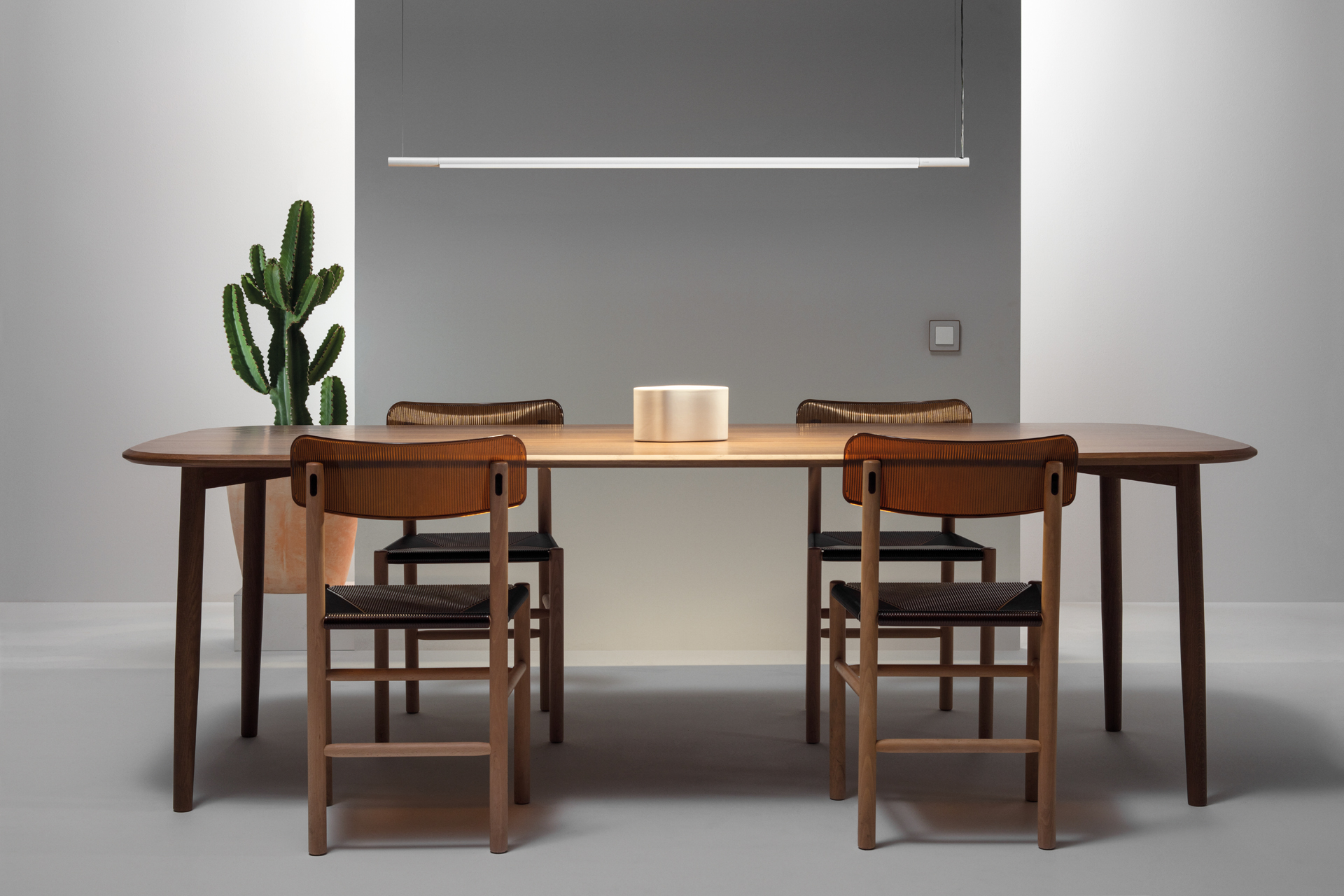
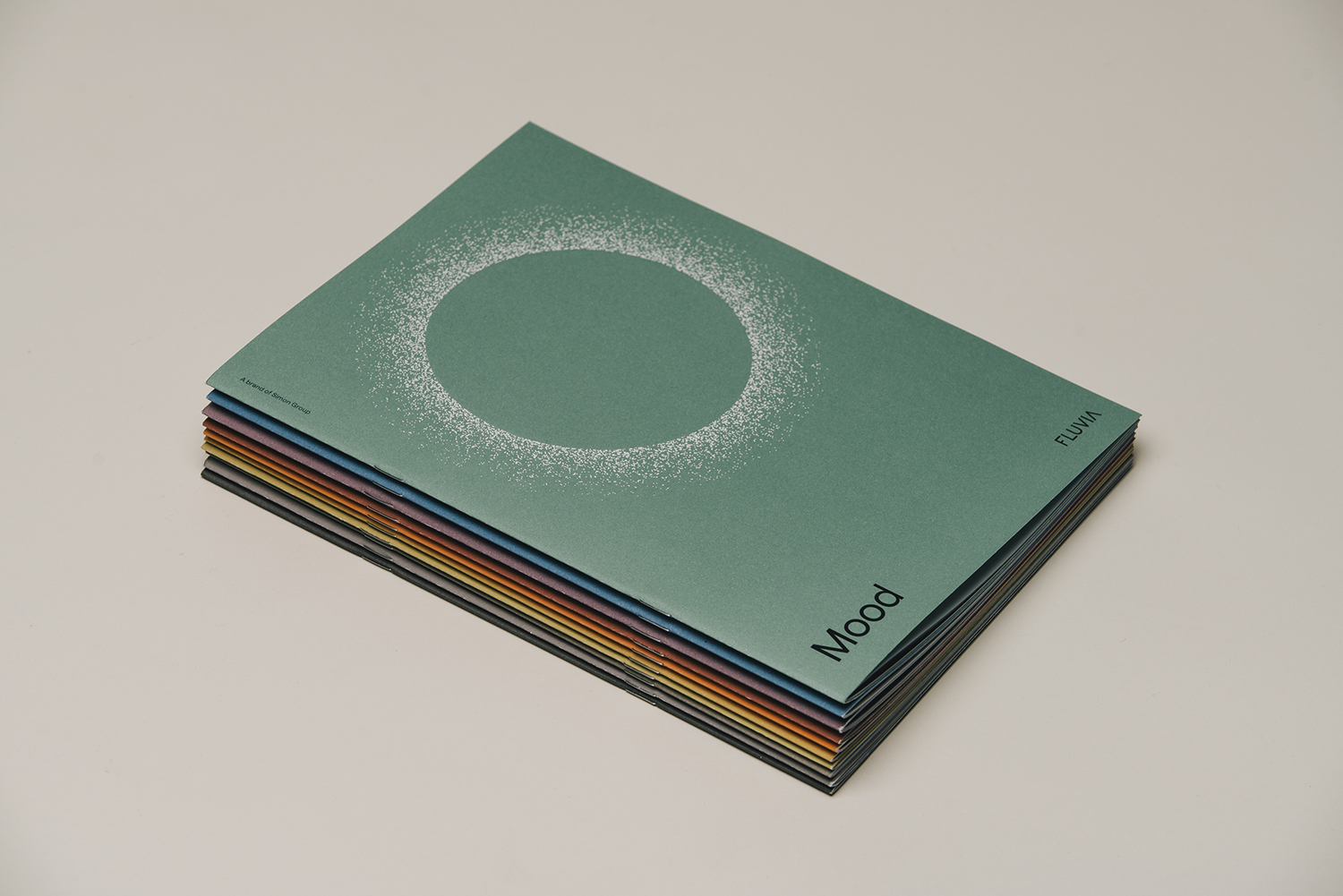
For Fluvia, rather than focusing on the functionality of the lamps, in 2017 we indirectly elevated the brand and its products by associating them with the realms of architecture, art and fashion. Besides identity, the key was to create a recognisable aesthetic, and a way of understanding light.
Instead of a logo, the weight of the brand should be based on a language that expresses its relationship to its context as well as its audience in a coherent manner.
When Barcelona City Council asked us to take part in a global campaign to improve the reputation of Barcelona in 2018, we realised it was more important to convey the voice of its citizens, rather than that of an institution: so we convinced our client not to sign the campaign. Play Act Dance depicted the fragmented reality of Barcelona’s underground music scene through its emerging talent.
With emphasis on engaging with people every day, brands must continuously generate new content, finding new ways to communicate and keep the brand alive.
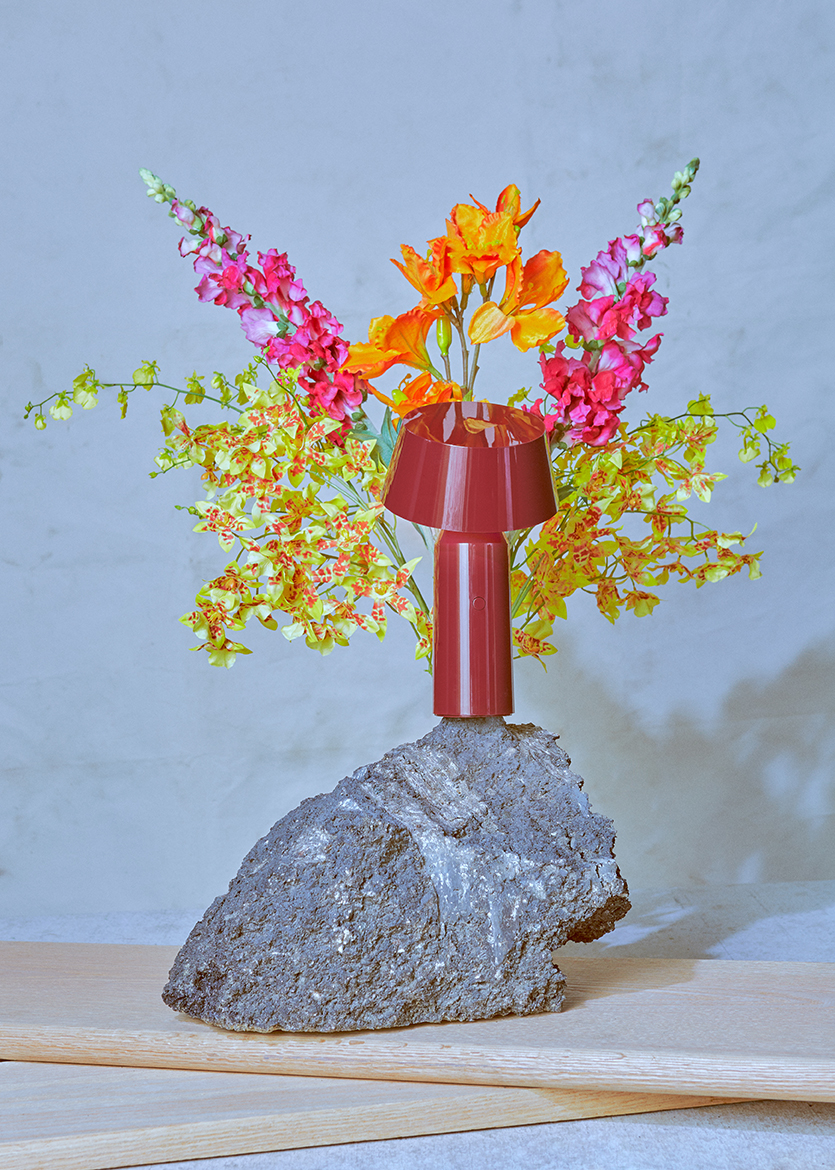
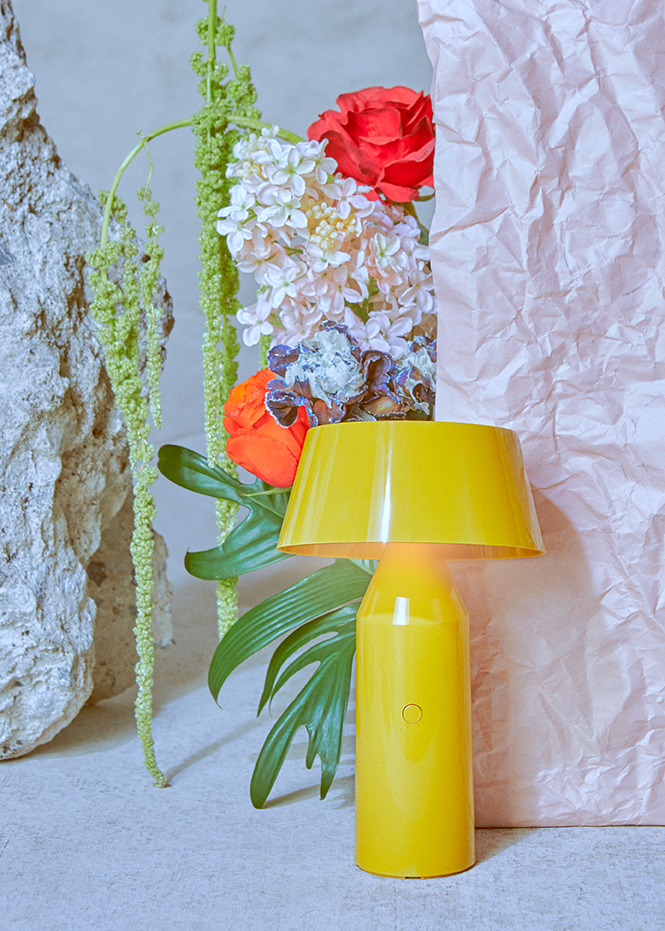
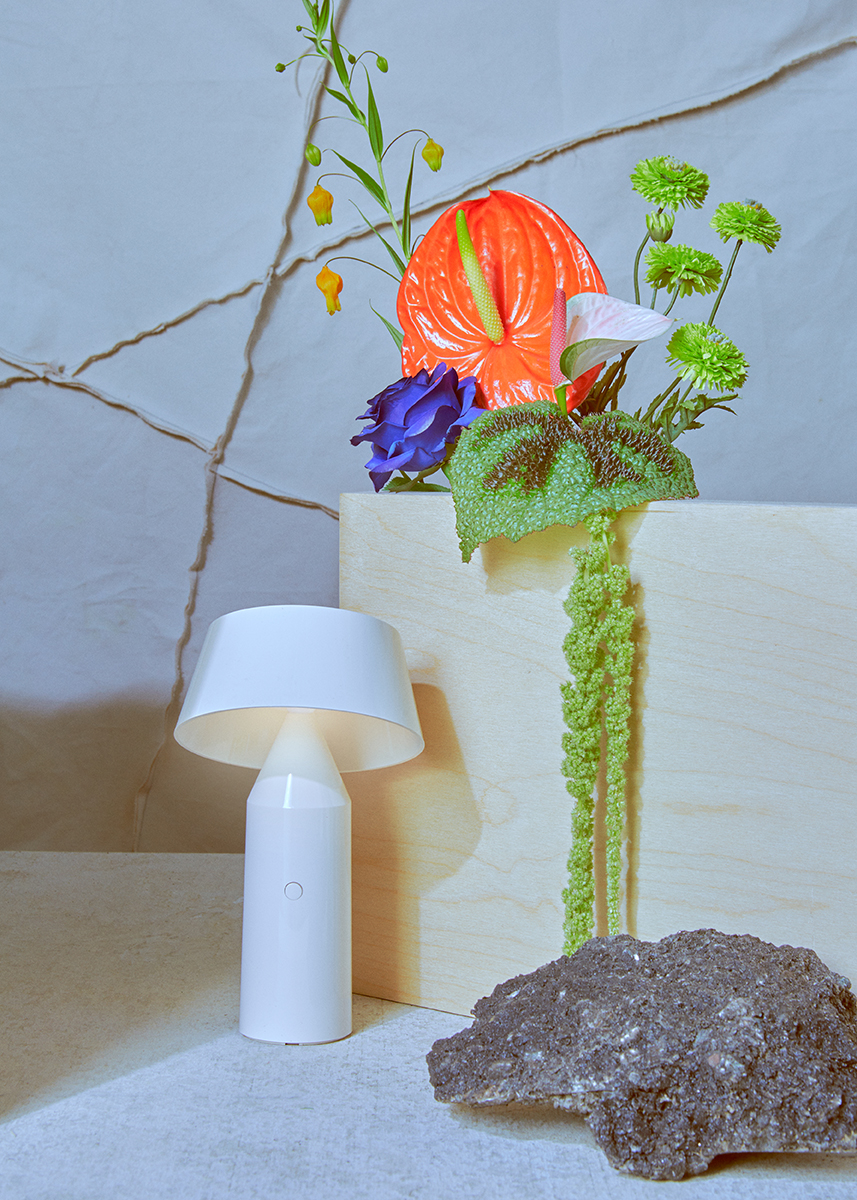
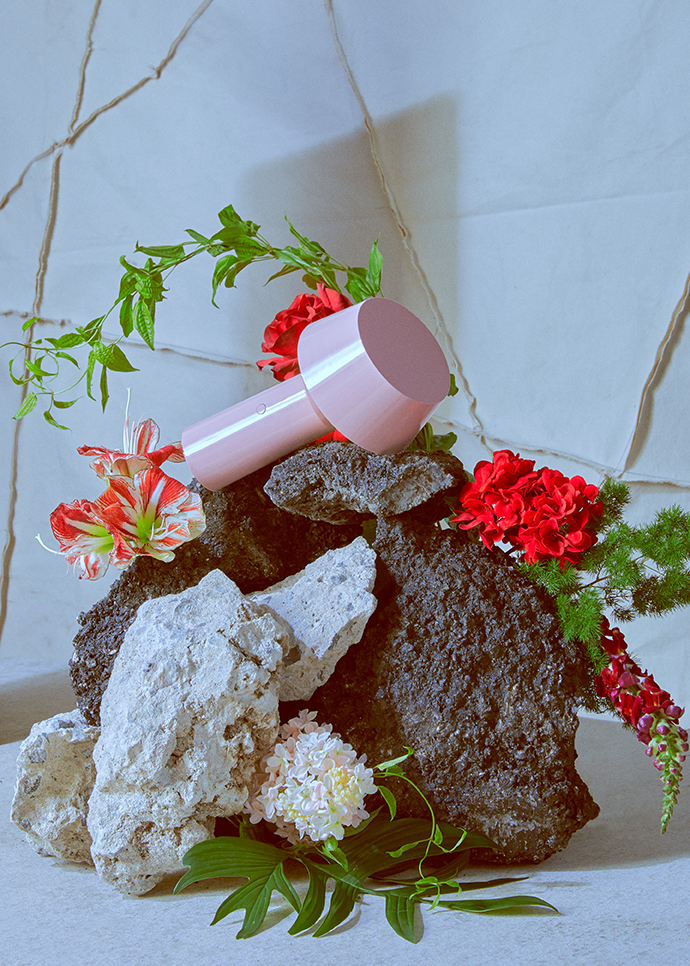
Born from a desire to explore artistic fields and expand perceptions of the brand, Marset’s new Young Talents, launched in 2018, initiative fosters meaningful collaborations with emerging artists. Beyond the product itself, Marset embraces the beauty of light, inviting artists to interpret their designs in exploratory ways to capture new meanings.
Sometimes it’s just about having something to say, and knowing how to tell your audience.
When we were commissioned for the campaign for Barcelona Design Week 2017 we couldn’t help questioning the role of design itself: not as something decorative, but as a tool for transformation. We commissioned six portraits of six game-changing personalities, modelled in plasticine – a metaphor for the power of design to shape reality
